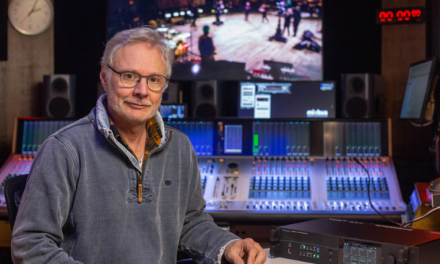Set Top Box (STB) Operating System (OS) selection, design and deployment, is being impacted by the increasing importance of streaming, intensifying market competition and rising consumer desire for a better user experience, according to a new report published today. Independently researched and produced by Caretta Research and sponsored by connected TV technology experts iWedia, part of the ZEGi Group, the report provides the first glimpse of STB professionals’ preferences and buying behaviours in the post-pandemic era.
‘The Drivers Behind STB Technology Buying Decisions’ is based on in-depth interviews with a range of STB technology buyers, plus extensive survey data gathered from global TV industry professionals in Q3 2022.
As streaming becomes a central pillar of many viewers’ entertainment needs, the report found a need for STB OSs to increasingly focus on simplifying streamer aggregation and enhancing the audience UX. This means the scope of evaluation for STB OS’ is broader than ever. The report reveals that buyers want to know how a given OS will address their longer-term business objectives and how easy it will be to evolve and enhance their platform to realise these.
In addition, most buyers deploying STBs are using vendors which means that they are also evaluating what life will be like in a long-term working relationship with a given vendor.
The report further identifies Android TV as being particularly effective at addressing current buyer requirements, however, using Google’s technology means buyers must evaluate whether their goals align with Android TV’s development roadmap. Media companies have long expressed concerns about sharing their data with Google and many remain suspicious of the search giant’s longer-term objectives.
Caretta or iWedia spokesperson commented: “The UI enabled by the STB OS is effectively the operators’ shop window. It is a major determinant for a host of critical business KPIs, such as churn, consumption, and conversion rates. Buyers look for OSs with strong capabilities across all of the components of an effective UX, as well as the optionality of integrating third party technologies. The flexibility to efficiently customise, enhance and change every aspect of the UX is critical to realise an operator’s business objectives. This report provides valuable information to help make those strategic decisions.”
Caretta spokesperson said: “STB technology is adapting to satisfy the audience’s need for more streaming services, while the UX is adapting to multiple, competitive services on the same platform for providers. For example, the Performant search engine.
“Ultimately STB manufacturers are focusing on the needs of the purchasing company, which increasingly favour business rather than technology objectives, ” said Hans Jurgen Desor, CEo of iWedia. “Recently nothing from the technology side brought genuine value to the device. Chipset manufacturers are keen to convince buyers that Neural Network (AI) chips are the way to add that value. But purchasers will need convincing of this, because Neural Network chips are mainly used for AI architecture and it’s challenging to see any applicable use cases in TV services.”
The independent research and analysis was carried out by Caretta Research in Q3 2022 based on in-depth interviews with a sample of STB technology decision makers and an online survey aimed at STB professionals.
‘‘The Drivers Behind STB Technology Buying Decisions’ is available to download HERE.





